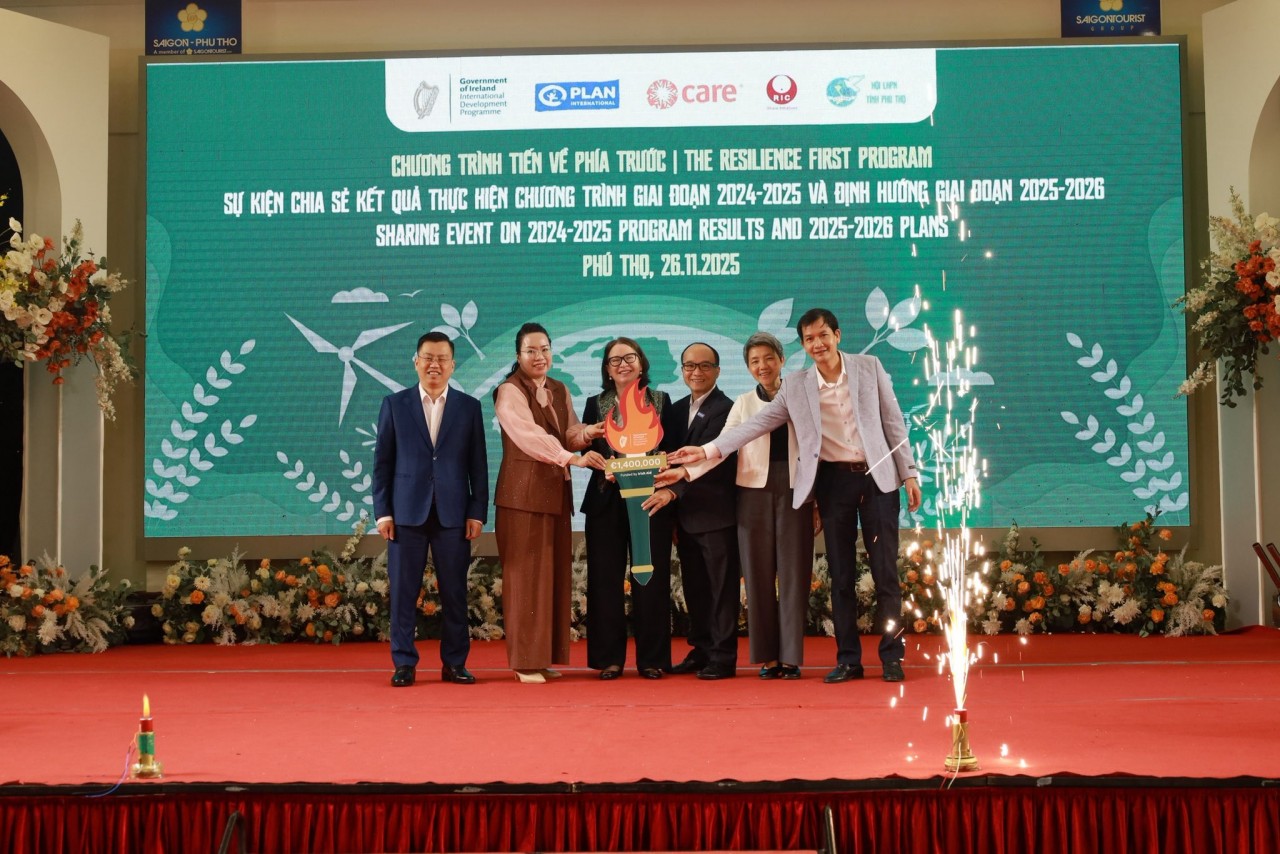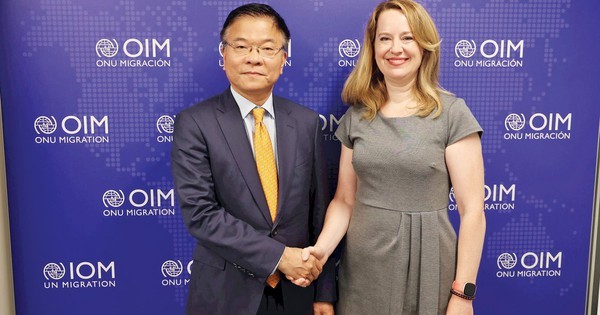Resolution 36-NQ/TU Reasserts Marine Economy Development Based on Green Growth
According to Assoc.Prof.Dr. Nguyen Chu Hoi, Standing Vice Chairman of the Vietnam Fisheries Association, a member of the National Assembly of Hai Phong, Resolution 36-NQ/TW of 2018 on the Strategy for sustainable development of marine economy reasserts the goal of turning Vietnam into a country that is strong and rich from the seas.
This long-term goal is based on the basis of sustainable development, prosperity, safety and security, laying an emphasis on sustainable development of marine economy based on green growth.
Developing blue sea economy is essential for "Vietnam's Aspiration"
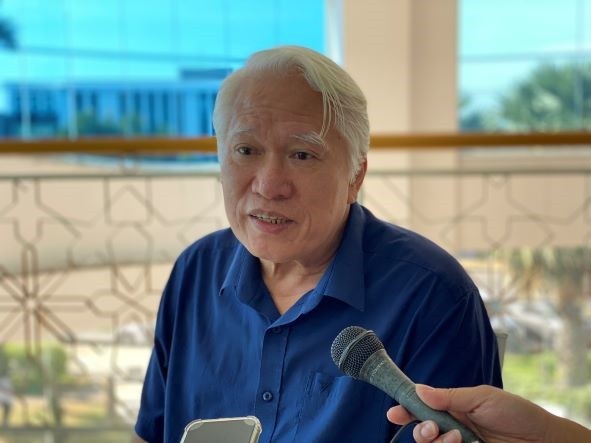 |
| Assoc.Prof.Dr. Nguyen Chu Hoi, Standing Vice Chairman of the Vietnam Fisheries Association, a member of the National Assembly of Hai Phong (Photo:baoquocte.vn). |
Assoc.Prof.Dr. Nguyen Chu Hoi explained that the term "Blue marine economy" is to distinguish and emphasize the priority of economic development associated with the preservation of marine natural capital. The concept of blue economy is not only used for the marine economy, he said, but also for the economy of freshwater bodies on land, such as rivers, streams, lakes, reservoirs, and ponds.
Blue sea economic development is an emerging model in marine economic development, focusing mainly on promoting high and sustainable growth of marine economic sectors; prevent environmental degradation, mitigate and adapt to climate change, resource depletion and ecological destruction.
In October 2018 the Party Central Committee issued Resolution 36-NQ/TW on the Strategy for sustainable development of Vietnam's marine economy to 2030, with a vision to 2045. This Resolution indicated that the Party and State had conducted a roadmap towards sustainable development of sea and islands, in line with complex, unpredictable and long-term context of sovereignty claims in the East Sea.
The sea economic expert stressed that effective and sustainable marine economic development will support resources for firmly defending sovereignty and is an essential condition for the realization of Vietnam's "civil sovereignty" in the sea areas of Vietnam, in accordance with international law and the 1982 UNCLOS. Effective and sustainable marine economic development earned by a well-organized implementation of Resolution 36 will create a foundation for the "Vietnam's Aspiration", which is: by 2045, Vietnam will be a strong, prosperous and happy country in the spirit of the Resolution of the 13th Party Congress.
Major shortcomings on current marine spatial planning
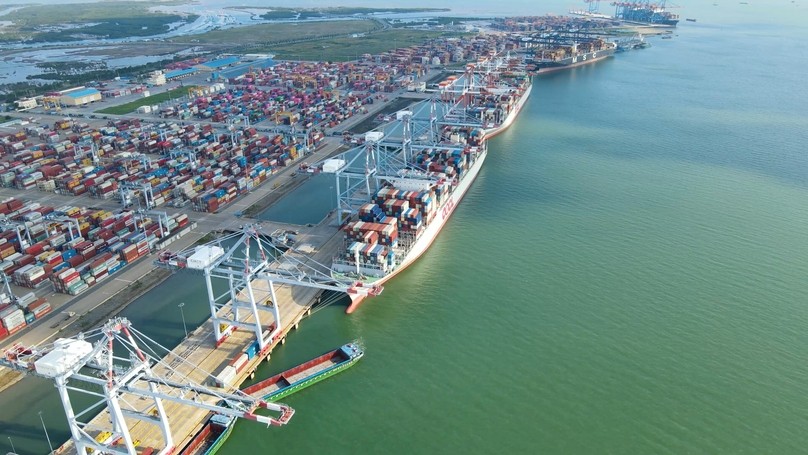 |
| Photo; Theinvestor |
Assoc.Prof.Dr. Nguyen Chu Hoi also said marine resources have been over-exploited, extracted and polluted, which has caused serious consequences to the environment, biodiversity and marine ecosystems in Vietnam.
Fishery reserves in the continental shelf and Truong Sa waters of our country decreased by nearly 16% compared to before 2010 due to overexploitation and pollution. Moreover, the ecosystems for a tropical country (coral reefs, seagrass beds, mangroves,...) as well as the habitat and breeding ground for brackish and saltwater aquatic species, have been reduced by 40-60%. These areas experience slow or impossible recover.
Also, the amount of waste, especially solid waste (including plastic waste) that has not been sorted or treated thoroughly, and dumped directly into the sea and coastal areas is increasing.
There are also consequences from increasing environmental and marine-coastal incidents such as as oil/chemical spills, waste from coastal industrial zones, objects/congested sank,...
The consequences of the above development not only give rise to overlaps/conflicts in the use of marine-coastal space, but could possibly lead to reduced resilience vulnerable to the effects of climate change and sea level rise. That poses the need and requirement for prevention, mitigation and adaptation solutions - blue solutions at different levels: national, provincial and community.
According to Assoc.Prof.Dr. Nguyen Chu Hoi, among the solutions, marine spatial planning and circular economy approach, as well as strengthening state control need to be promoted.
These aforementioend pressing issues, if slowly overcome, will certainly adversely affect the goal of sustainable development of the country's marine economy in the spirit of Resolution 36, said Assoc.Prof.Dr. Nguyen Chu Hoi. However, there are major shortcomings on the current marine spatial planning.
The planning for the country is not closely designed for the local needs. This is an inadequacy that causes problems for coastal central cities/provinces in particular. These cities/provinces must consider both formulating provincial/central city-level planning and arranging sea space for each provincial development action for the period of 2021 - 2030.
Therefore, localities need to proactively conduct zoning of marine space use according to functions within their management competence (within 6 nautical miles and coastal zone).
To overcome these shortcomings, the current marine spatial planning needs to integrate the external issues such as climate change, ea level rise and the results of conflict of interest analysis in the current use of marine space in the national plan of the National Defense Planning.
In particular, priority should be given to marine areas with potential for conservation and development of conservation-based marine economic sectors/sectors.
The blue ocean economy is a new concept for Vietnam. There are lessons to learn from other countries in the world that had used this concept, such as: It takes joint efforts of: Managers, investors, researchers, businesses, producers and the community local/
Assoc.Prof.Dr. Nguyen Chu Hoi also referred to a step-by-step transition path, from Changing Perception to Model Design - Developing new connections - Exploiting technology and innovation - Small-scale experimentation - Creating social change - Trade commercialization and replication;
Another important lesson is that the blue ocean economy also requires innovating thinking, changing awareness and promoting the creation of new, low-carbon technologies and incentive policies are external forces promoting the transition to a green, circular economy.
 | Vietnam News Today (Jul. 4): Vietnam Remains Attractive Destination for Foreign Investors Vietnam News Today (Jul. 4): Vietnam backs UN’s efforts to improve road traffic safety; Master plan targets long-term prosperity for Mekong Delta; Ministry proposes cuts ... |
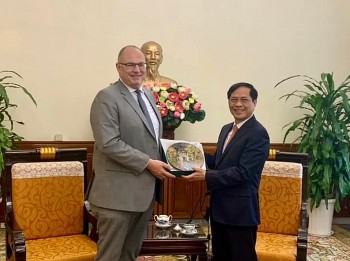 | Denmark’s Cooperation Orientations in Green Growth Suitable to Vietnam Denmark’s cooperation orientations in green growth are suitable to the development policy of Vietnam, said the outgoing Danish Ambassador to Vietnam. |
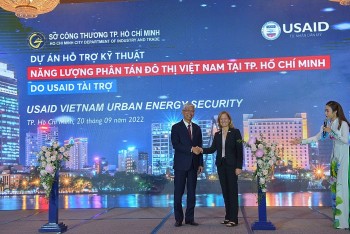 | USAID Project to Help Ho Chi Minh City Accelerate Green Growth The US Acting Consul General joined USAID Vietnam Mission for the launch of a new USAID project that will help HCM City accelerate its green ... |
Recommended
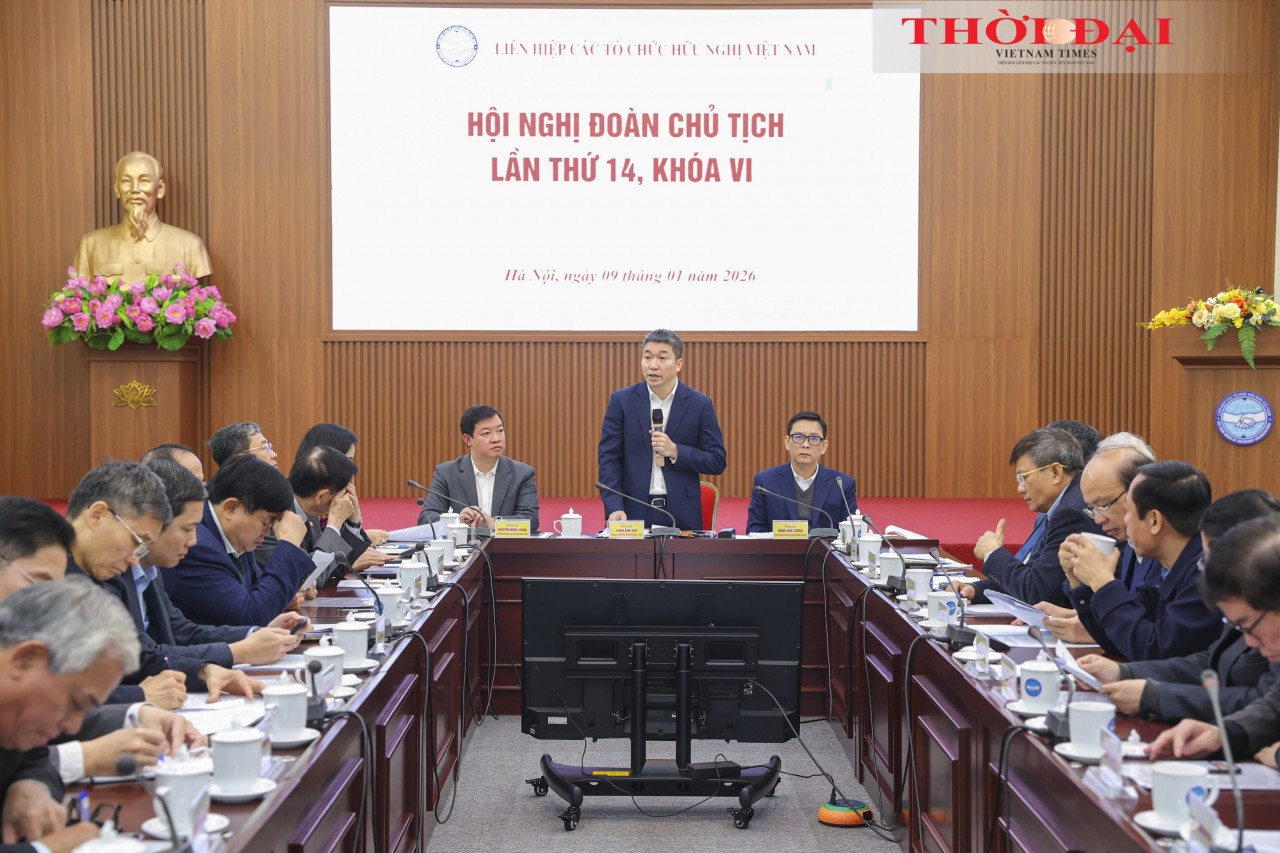 Focus
Focus
Strong Innovation to Enhance the Substantive Effectiveness of People-to-People Diplomacy in 2026
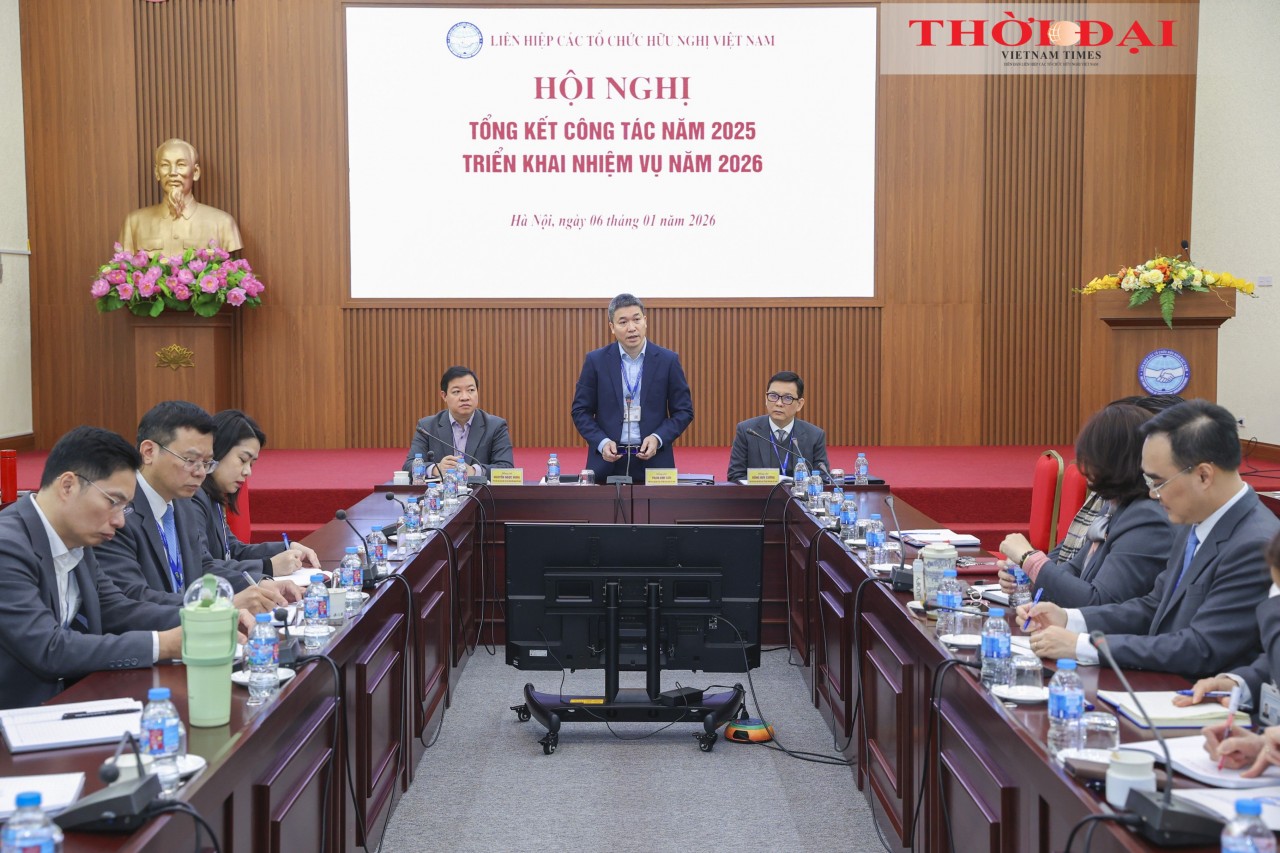 Focus
Focus
Viet Nam Union of Friendship Organizations Reviews 2025 Performance, Sets Tasks for 2026
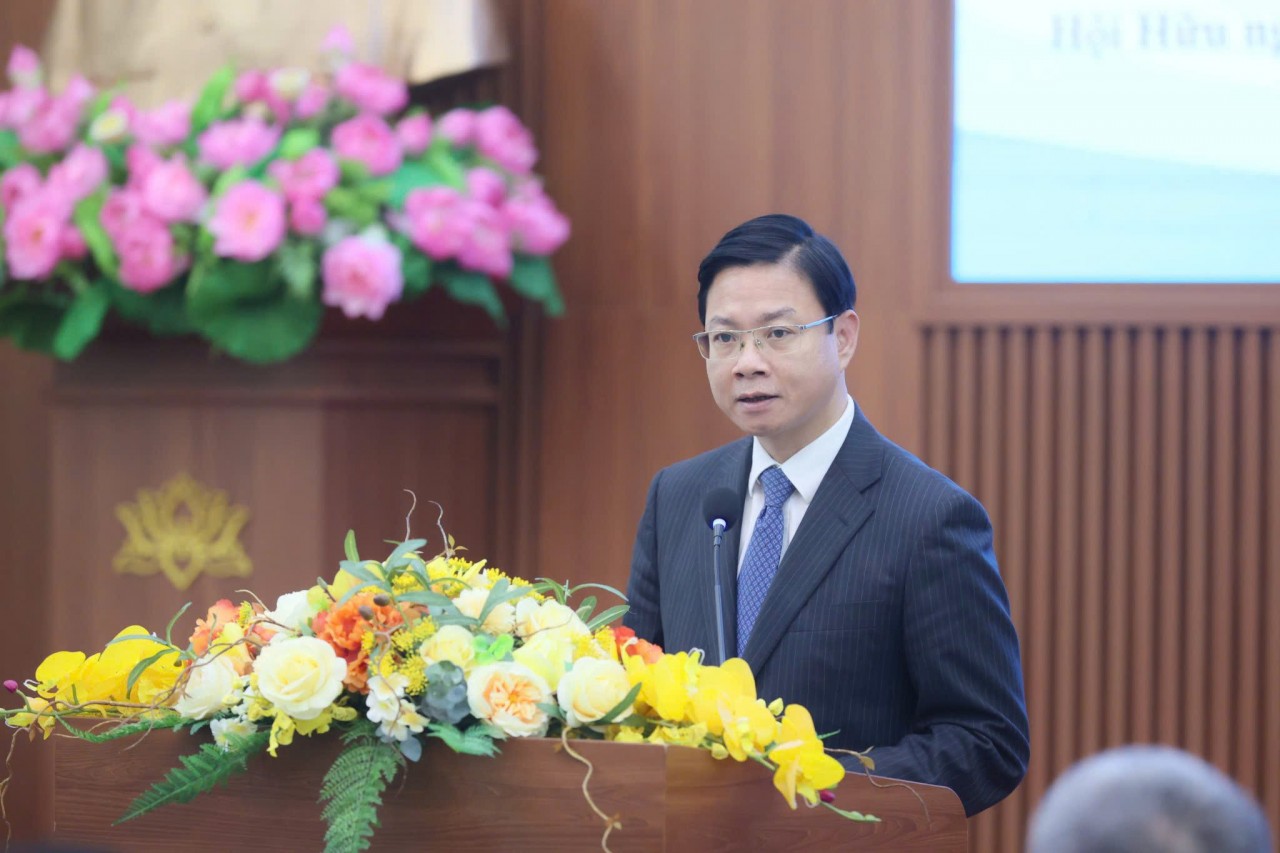 Focus
Focus
Deputy Foreign Minister Ngo Le Van: People-to-People Diplomacy Has Effectively Promoted Vietnam’s “Soft Power”
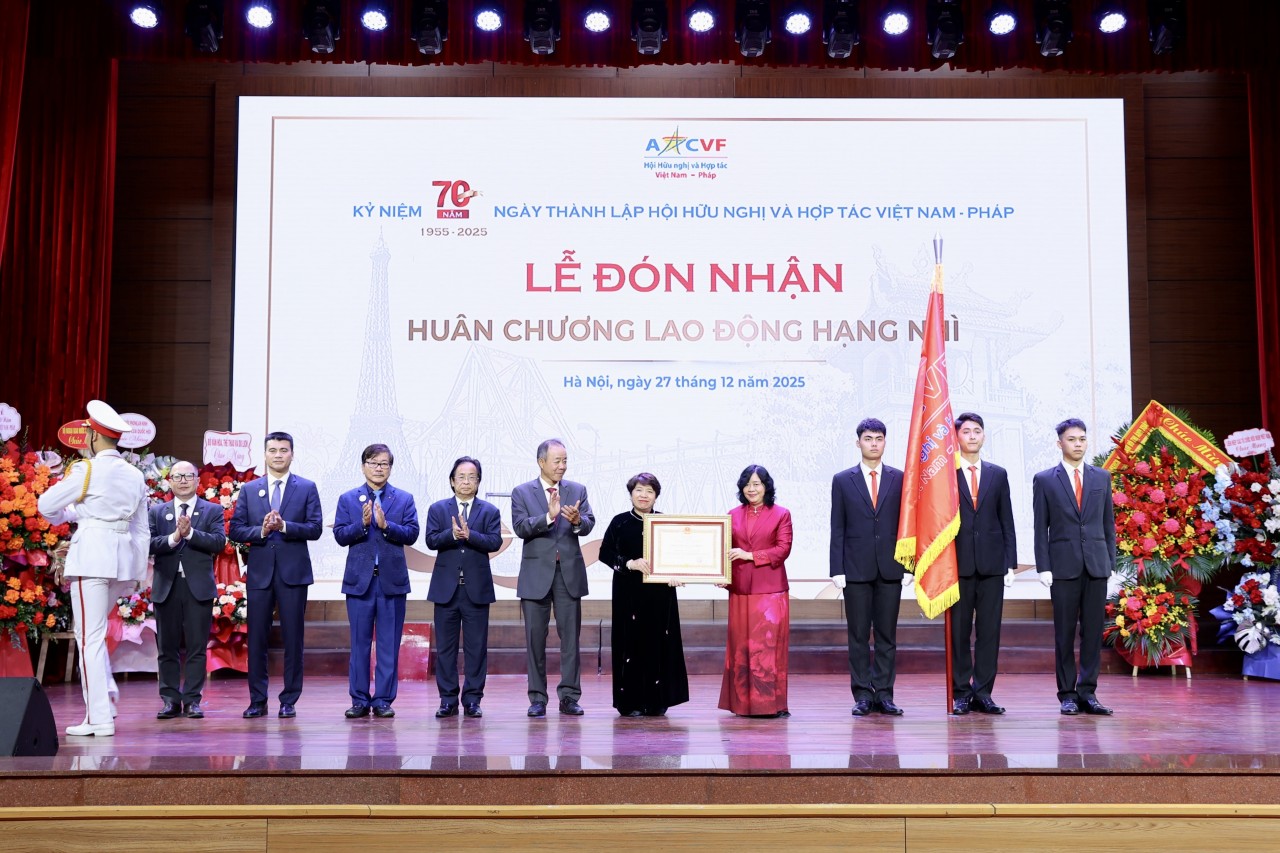 Focus
Focus
Vietnam-France Friendship and Cooperation Association: 70 Years of Nurturing People-to-people Ties
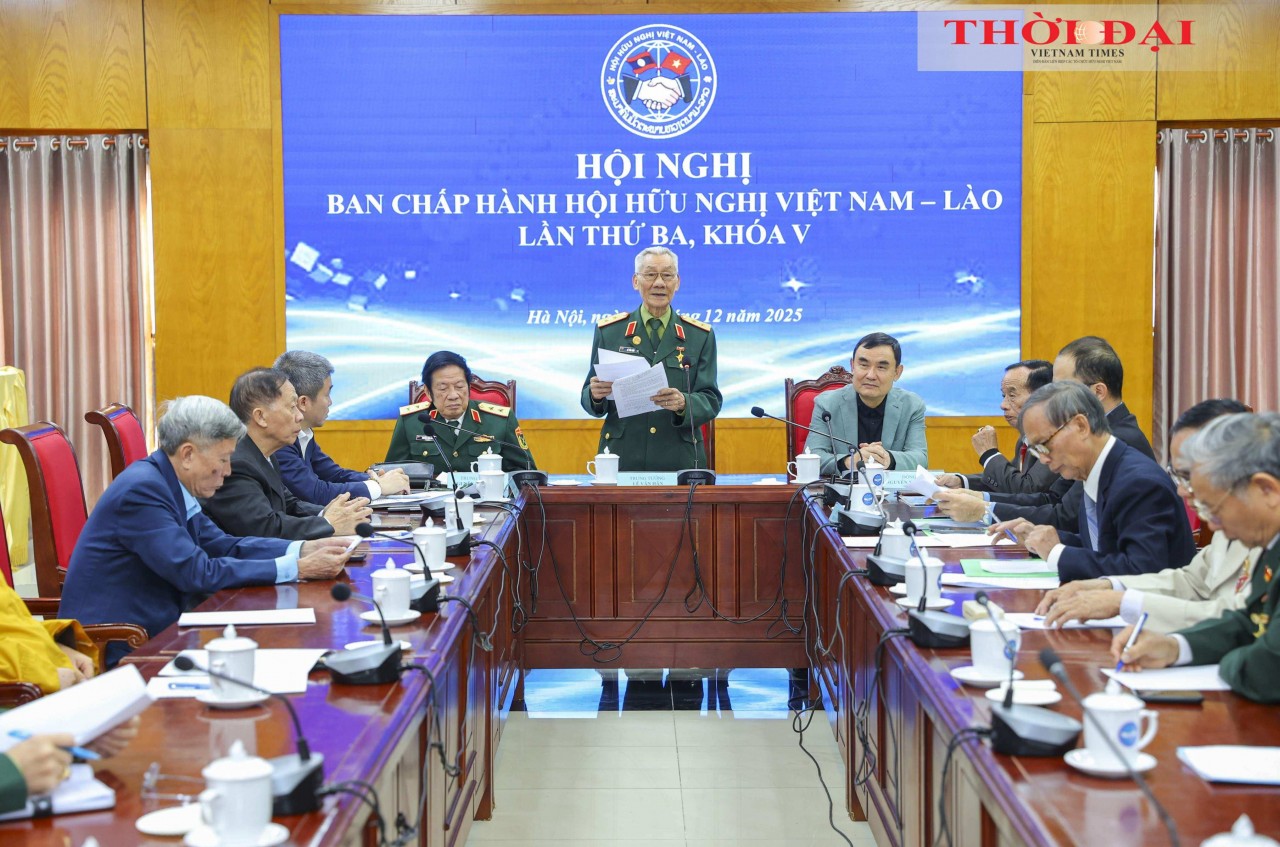 Focus
Focus
People-to-people Diplomacy Must Directly Nurture Viet Nam-Lao Strategic Connectivity
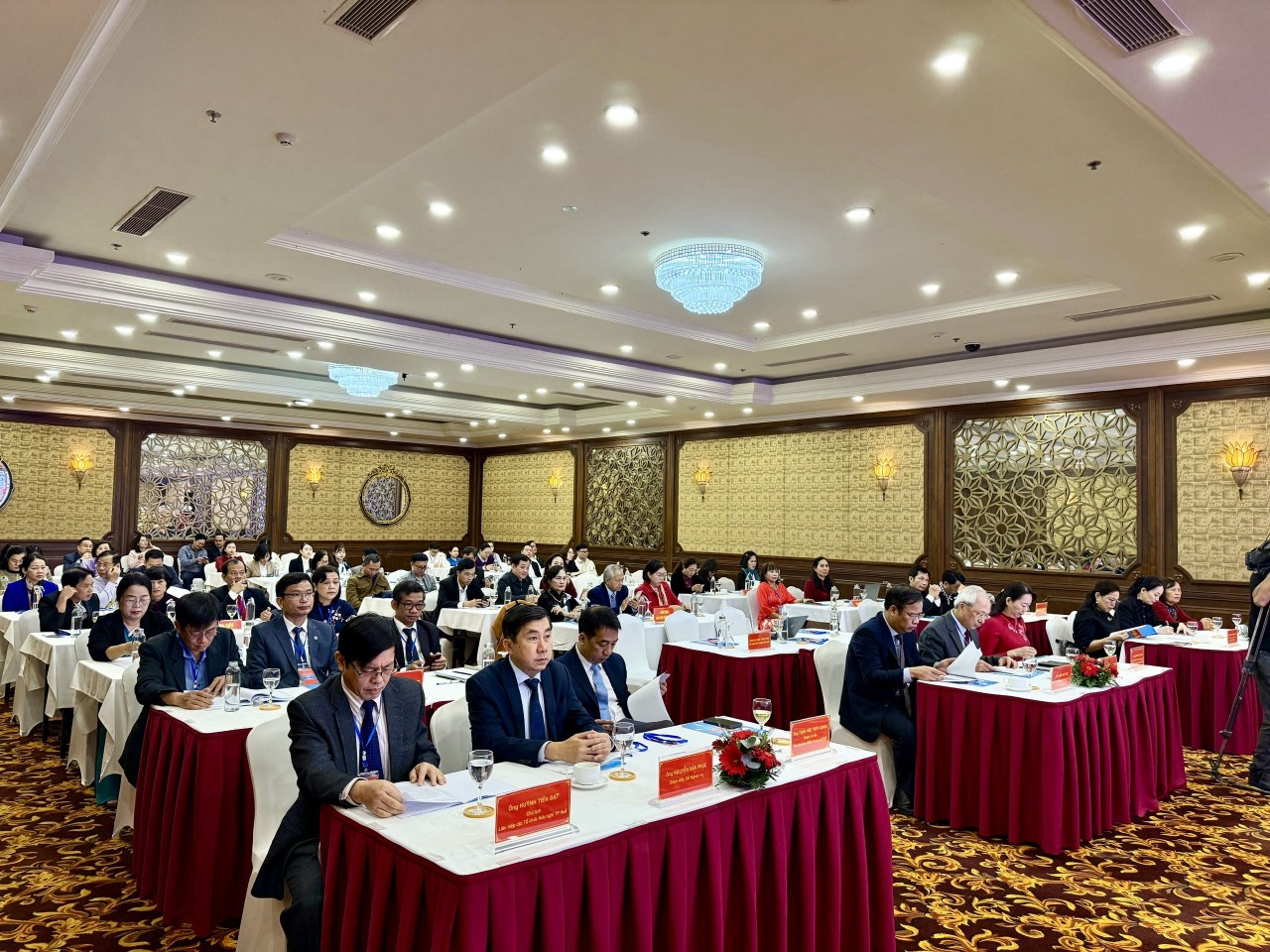 Focus
Focus
Many Practical Vietnam-Thailand People-to-People Exchanges to Be Held in 2026
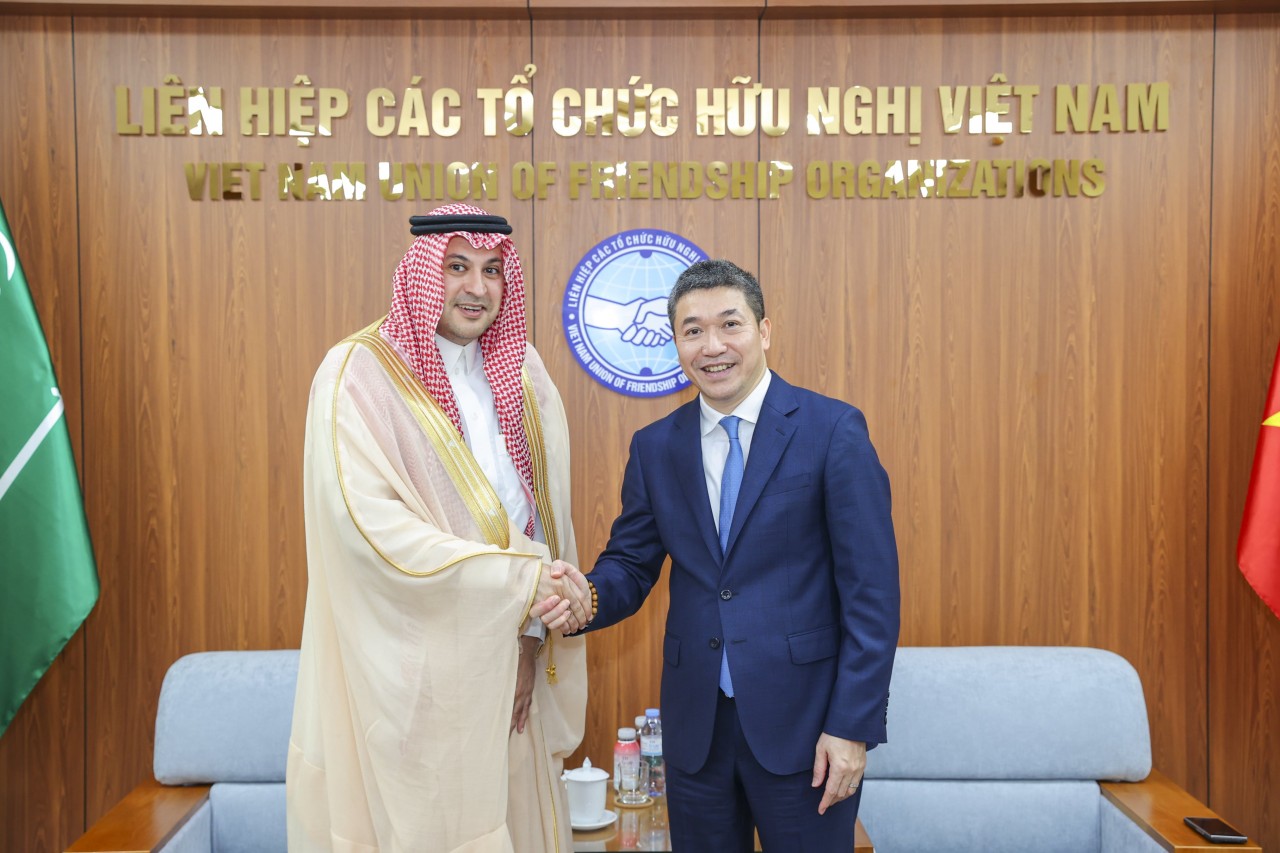 Focus
Focus
Vietnam-Saudi Arabia People-to-People Exchanges and Cooperation Hold Significant Potential for Growth
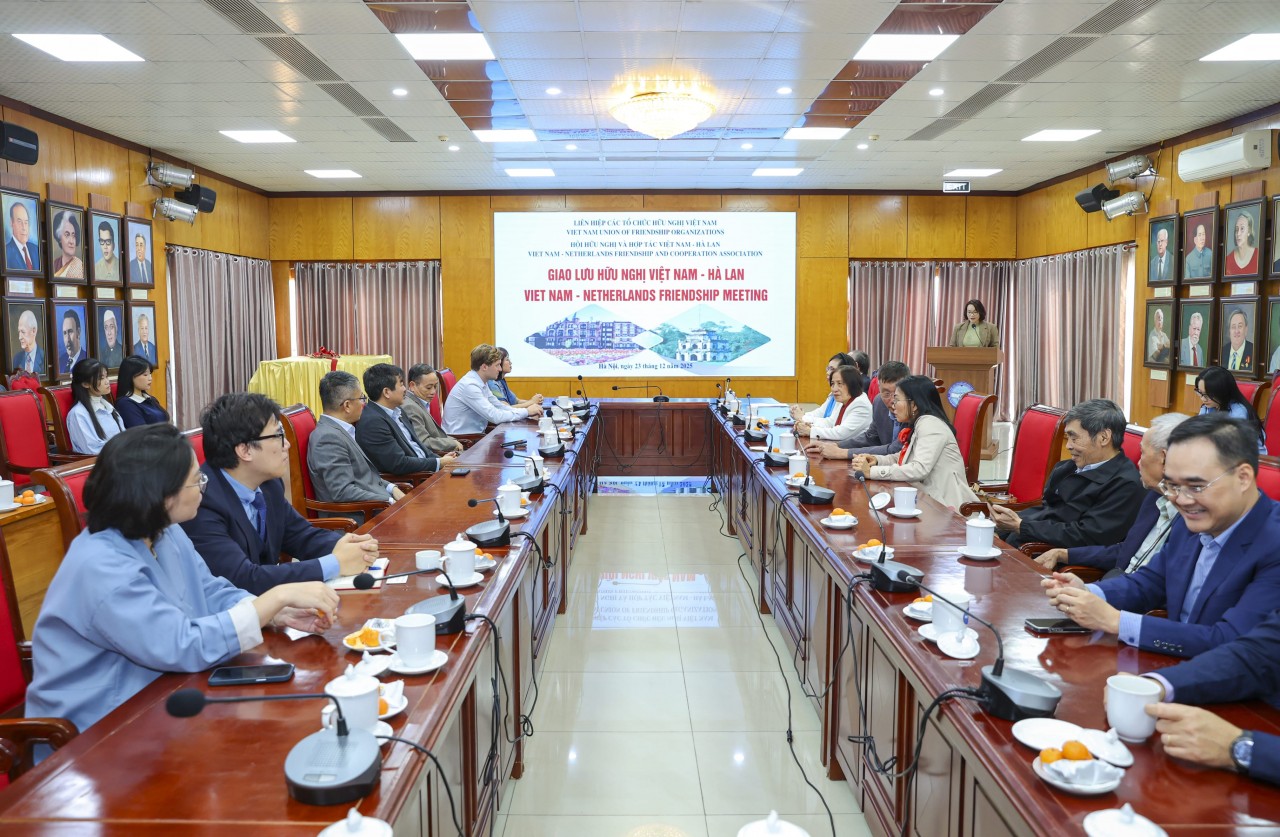 Friendship
Friendship

